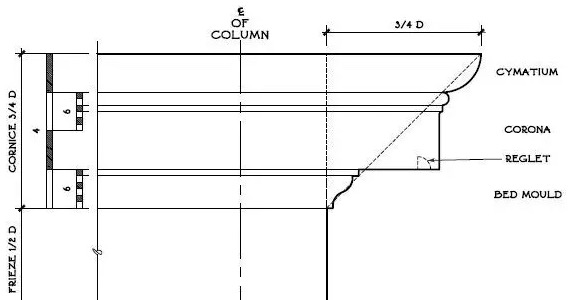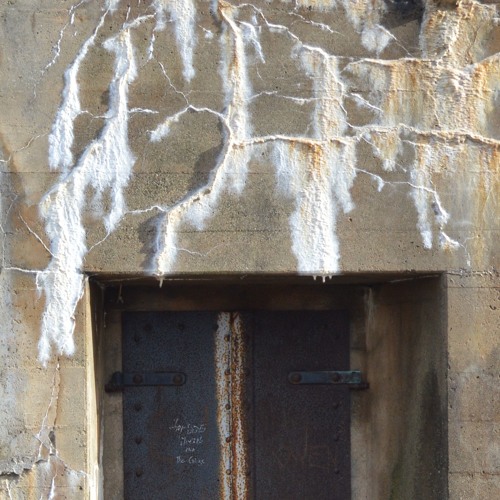Orders of architecture are like ancient rules of thumb for design
In classical architecture, the Orders are various assemblies of the parts that make up a column, capital, and entablature.
These structural units are repeated and combined to form the elevation of a building.
The Orders of architecture:
- Doric (Greek and Roman)
- Tuscan, Ionic (Greek and Roman)
- Corinthian (Greek and Roman)
- Composite (Roman)
The simplest is the Tuscan, supposedly derived from the Etruscan-type temple. It has a base and capital and a plain column.
The Doric is probably earlier, however, its Greek version having no base, as on the Parthenon.
The Ionic Order, with its twin volute capitals, originated in Asia Minor in the mid-6th century B.C.E.
The Corinthian Order was an Athenian invention of the 5th century B.C.E. and was later developed by the Romans.
The Composite Order is a late Roman combination of elements from the Ionic and Corinthian Orders.
—The Concise Oxford Dictionary of Art Terms
—Khan Academy is a great place to learn lots and lots of stuff.











